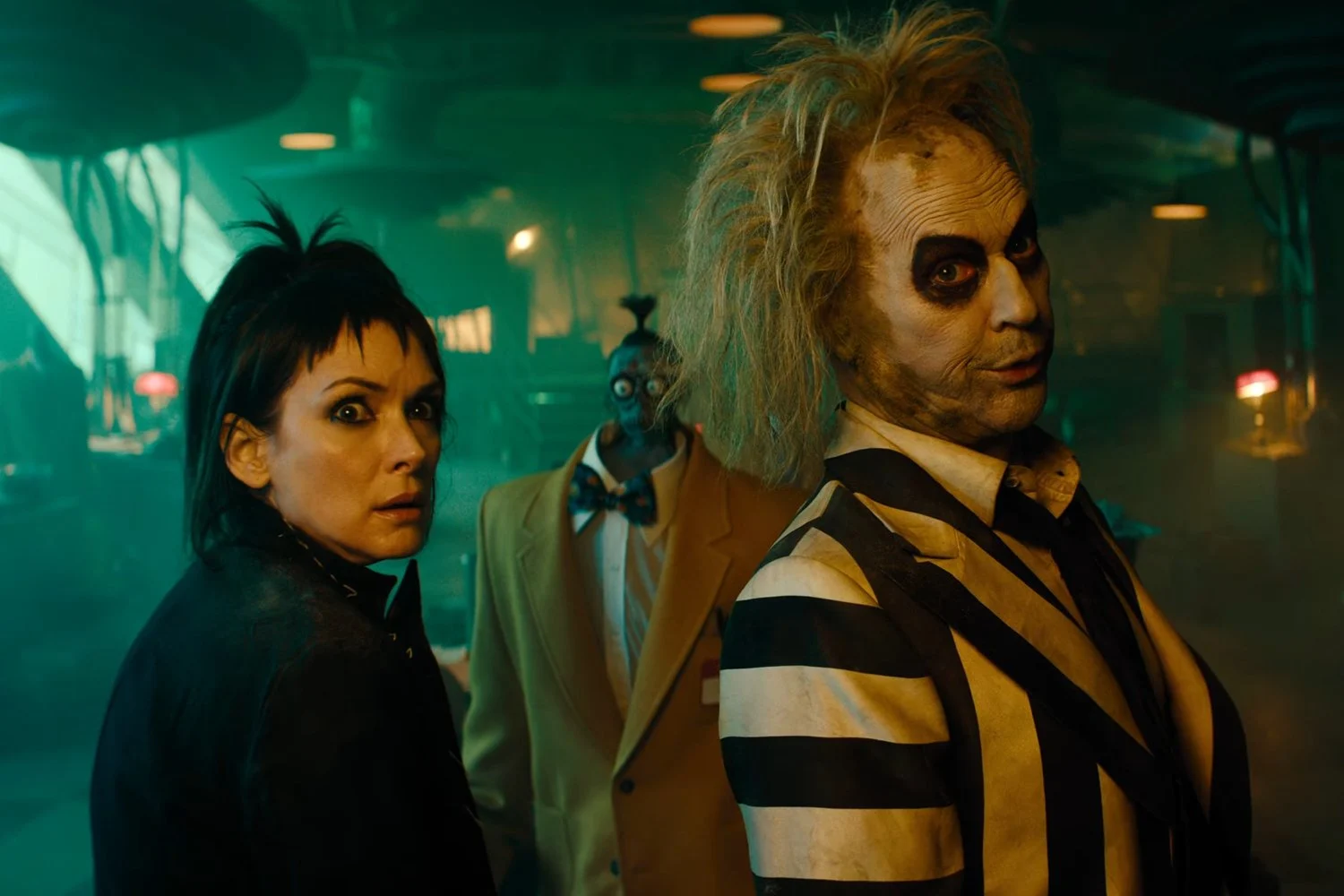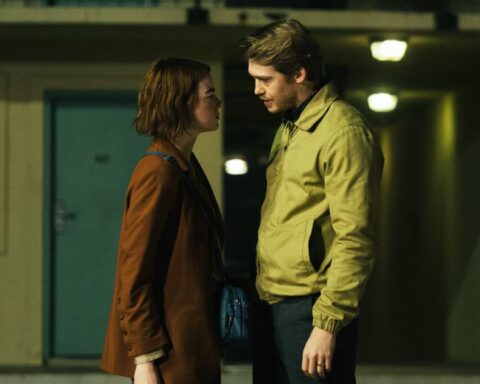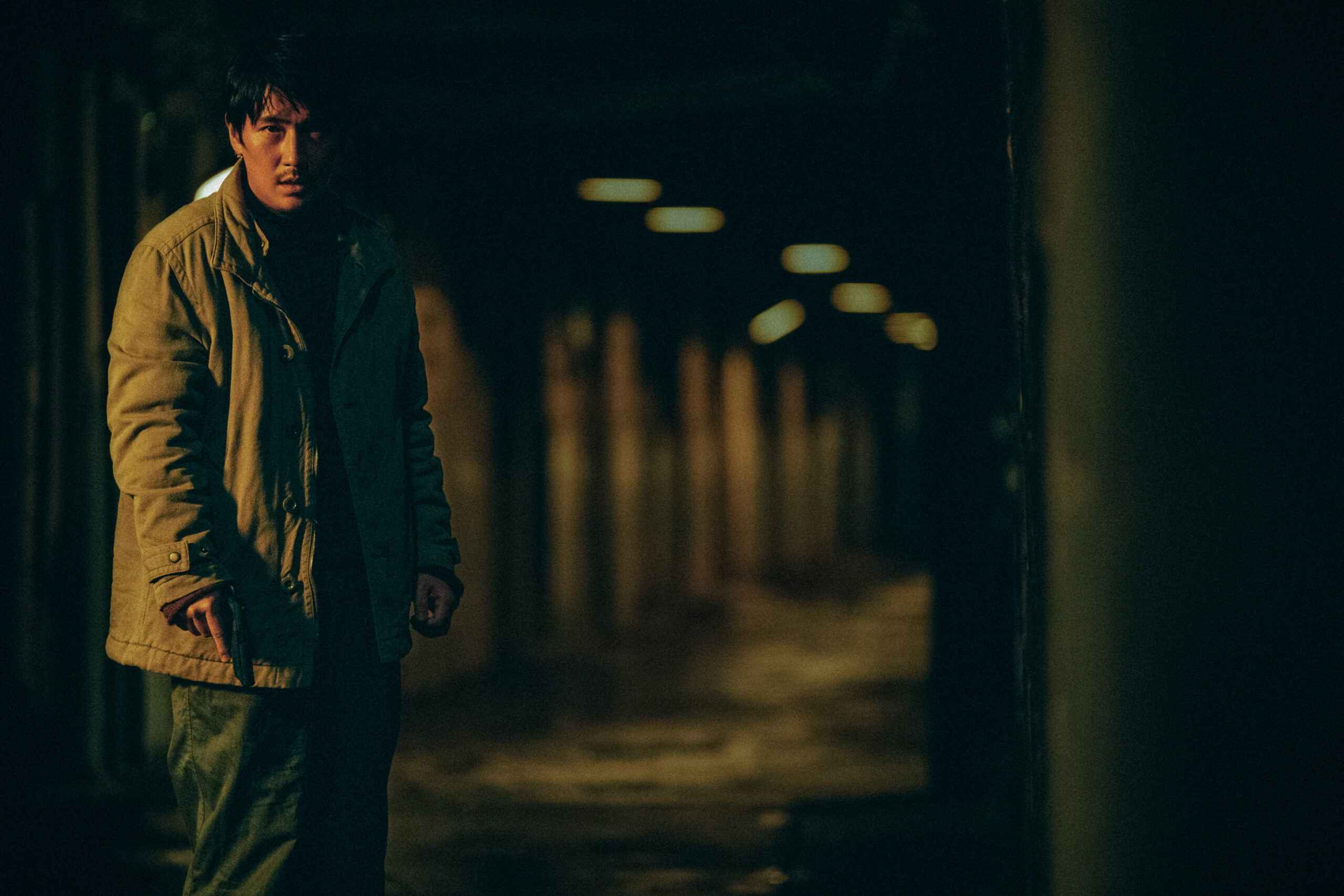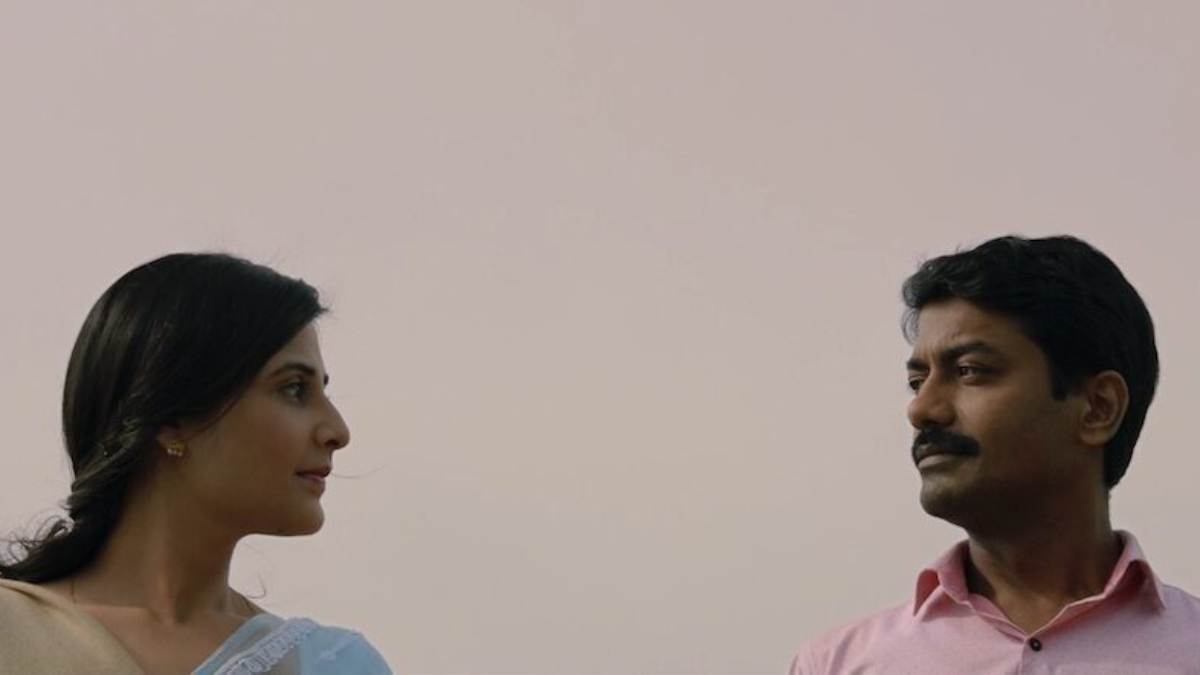Cinema has hundreds of years of history, so it’s only natural that generation after generation, certain “blind spots” emerge in different ways. Those who grew up with the classics of their time are often shocked when people decades younger have never seen a particular film or even any movie by an influential filmmaker. It’s a cinephile cycle that will endure forever – after all, if we dive too deeply into the past as if we were living it in real-time, how can we enjoy what the present has to offer? All of this to say that I watched Beetlejuice (1988) for the first time this past weekend in preparation for its sequel, Beetlejuice Beetlejuice, once again directed by Tim Burton.
With several members of the original cast returning, as well as some new faces, Beetlejuice Beetlejuice takes place 36 years after the events of the original story, with the Deetz family returning to Winter River after the unexpected death of Charles Deetz (Jeffrey Jones). Lydia’s (Winona Ryder) life is turned upside down when her rebellious teenage daughter, Astrid (Jenna Ortega), discovers the mysterious model of the town in the attic, and the portal to the Afterlife is accidentally opened. With problems arising in both realms, it’s only a matter of time before someone says Betelgeuse’s (Michael Keaton) name three times, and the demon unleashes his own version of chaos.
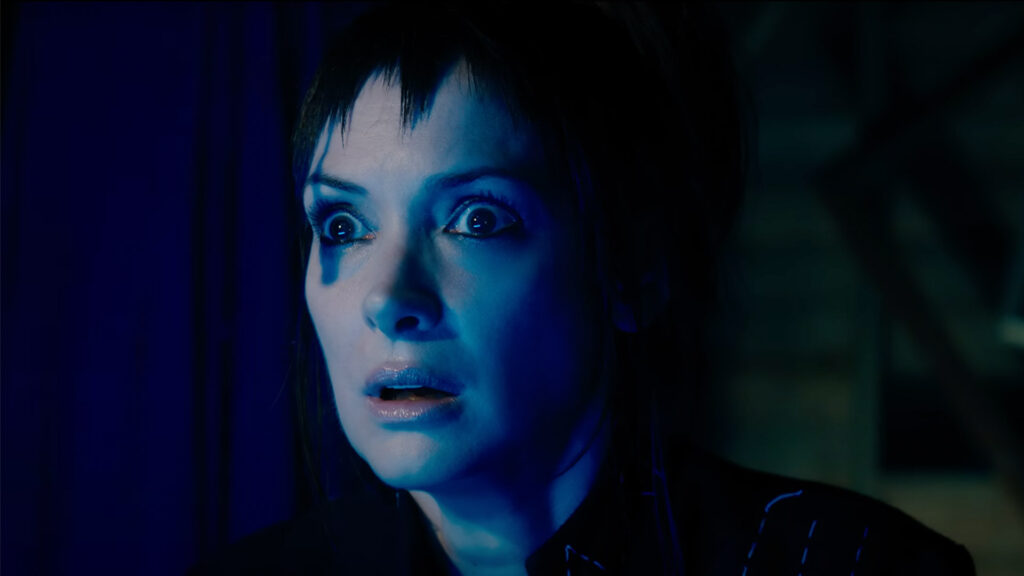
I really enjoyed Burton’s original flick, even though it’s not one of my favorites from his career. The silly humor of Beetlejuice, combined with Danny Elfman’s fantastic score – which makes even the quietest audience members tap their feet and nod their heads – and the memorable performances of a cast full of genuine chemistry make every minute of the short yet efficient 1988 film worth watching. That said, it’s impossible not to be especially pleased with the production design that elevates Burton’s magical vision. Whether it’s the beautifully constructed sets, the creative costumes, the hilarious animatronics and miniatures… it’s filmmaking at its very best, where every department contributes to an unforgettable experience.
And Beetlejuice Beetlejuice also possesses all these technical characteristics, with a larger budget allowing for more complex sets, even more animatronics – which is surprising given today’s reliance on visual effects for everything – and, of course, more actors, leading to more narrative threads in the script penned by Alfred Gough and Miles Miller (creators of Smallville)… which, unfortunately, brings structural problems that affect the movie’s pacing and entertainment levels.
The light-hearted, fun tone remains consistent throughout Beetlejuice Beetlejuice, with the actors deserving much credit for the entertaining manner in which they bring their roles to life. Whether it’s Keaton (Batman), Ryder (Stranger Things), and Catherine O’Hara (Schitt’s Creek) reprising classic characters – they haven’t lost their touch – or Ortega (Scream), Justin Theroux (The Leftovers), and Willem Dafoe (Poor Things) adding their flair to new characters with the same captivating power as the former, Burton has assembled a stellar cast that undoubtedly transforms every line of dialogue into something better on screen than on paper. That said, the spotlight must go to Ortega, who continues to impress and prove that she’s one of the most promising actresses of her generation.
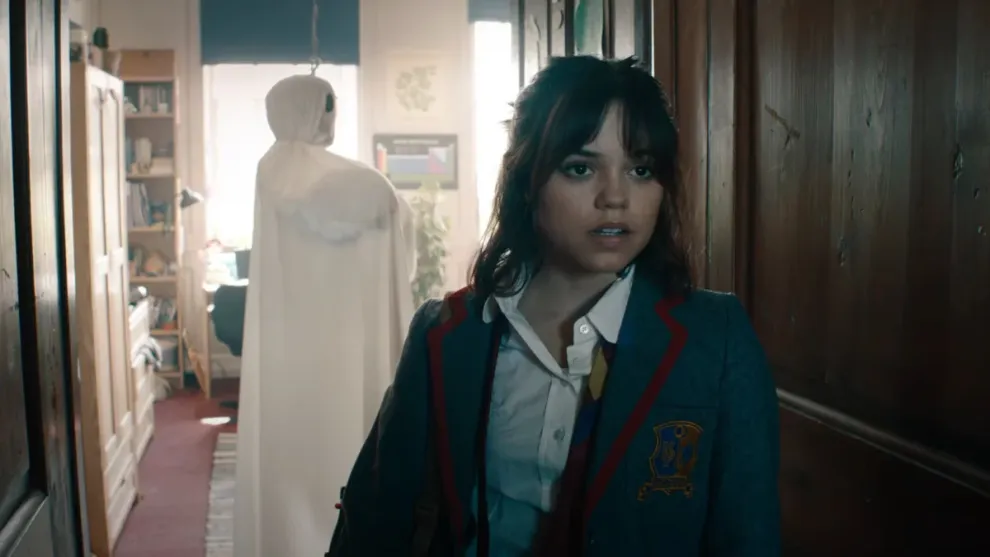
The dance – or dream, if you prefer – sequences in Beetlejuice Beetlejuice are bigger and longer, but something is missing in order to reach the same level as their predecessors. There’s a small, special atmosphere in the original movie’s dinner table scene that’s lost amidst the sequel’s complexity and scale. The set pieces have the right ingredients and are still fun, but with so much anticipation built up throughout the film for these moments, the expectations weren’t quite met. Elfman is innocent in all this, as his score remains brilliant, including the song choices.
In fact, the only major problem lies in the excess of some elements that previously had an excellent balance. Monica Bellucci (The Passion of the Christ), for example, spends Beetlejuice Beetlejuice reenacting the exact same scene with different characters throughout the movie, with Burton trying to build up to an important sequence in the third act… which ends up being underwhelmingly resolved in mere seconds. Astrid’s arc contains, by far, the richest thematic component of the film, so more screen time developing the complicated mother-daughter relationship, as well as exploring the predominant feeling of grief throughout the runtime, would have been more interesting.
There’s also a strange feeling when discovering that Charles Deetz, despite being deceased, has more than enough screen time to justify the presence of Jeffrey Jones, the actor who played the character in 1988. Beetlejuice Beetlejuice even includes an animated sequence with Charles, whose creative reason for existing is simply that they didn’t hire the actor. With so many references and narrative connections essential to the original story, it’s genuinely odd that this route was chosen, but I don’t want to speculate further.
Beetlejuice Beetlejuice captures the original’s magic but stumbles over its narrative ambition. Tim Burton manages to maintain the visual charm and peculiar atmosphere that captivated so many viewers, with the cast fully embodying both new and classic characters. However, the narrative structure, overloaded with characters and subplots, leads to some disenchantment, and the dance sequences don’t quite reach the level of its predecessors. That said, there’s still lots of joy and fun in reuniting with Betelgeuse and the bizarre world he inhabits, as well as enjoying Danny Elfman‘s unforgettable score. Excellent for watching with the family!
